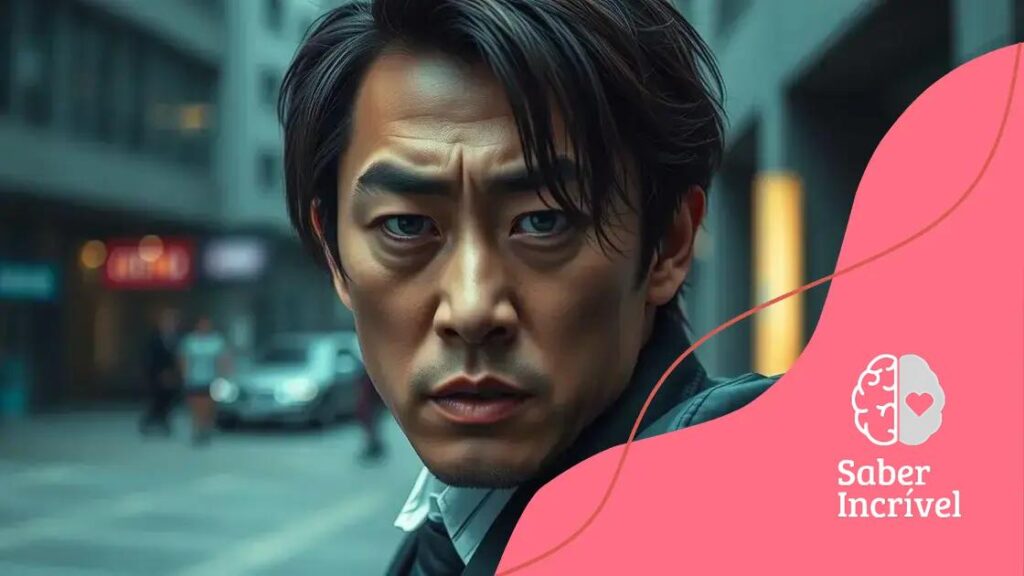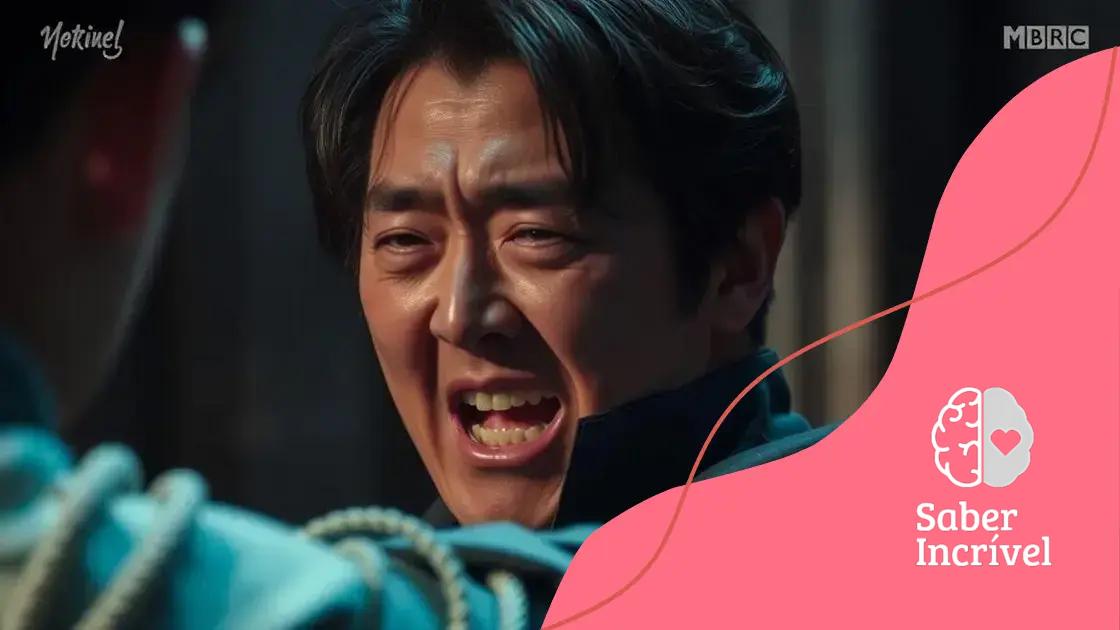K-Drama villains we secretly root for

K-Drama villains we secretly root for are complex characters whose emotional depth, moral ambiguity, and potential for redemption make them relatable and intriguing, challenging our perceptions of good and evil.
K-Drama villains we secretly root for have a magnetic charm that pulls us into their complex narratives. Have you ever found yourself cheering for the antagonist? Let’s dive into why that happens.
Understanding the appeal of K-Drama villains
The world of K-Dramas often introduces us to a myriad of characters, but none quite captivate us like the villains. Understanding the appeal of K-Drama villains goes beyond their nefarious deeds; it delves into the complexity of their personalities. These characters often evoke empathy and challenge our perceptions of good and evil.
One reason for this appeal is their flawed humanity. Unlike traditional villains, K-Drama antagonists are frequently depicted with backstories that explain their motives. For instance, many have faced hardships or betrayals that shaped them into who they are today.
Complex Character Development
As we explore their stories, we begin to see shades of gray rather than a stark black-and-white morality. This complexity makes their journeys relatable. They aren’t merely evil; they have dreams, struggles, and vulnerabilities that draw us in.
Another aspect of these characters is their charisma. Villains often possess a charm that can be irresistible. This magnetic quality keeps viewers on the edge of their seats, wondering what they will do next. Their daring choices can be thrilling, providing a stark contrast to the protagonists’ moral paths.
Examples of Relatable Villains
Here are some examples that showcase their depth:
- **The Manipulative Genius**: Often seen in psychological dramas, this type of villain uses their intelligence to control situations, revealing how intelligence can sometimes be a double-edged sword.
- **The Tragic Love Interest**: This character typically has unrequited love and makes questionable choices out of desperation, making them sympathetic.
- **The Redeemable Scoundrel**: A villain who shows signs of change throughout the story, forcing us to ask whether they can truly be redeemed.
Ultimately, K-Drama villains challenge our perspectives and keep us engaged with their intensity and complexity. They remind us that every character has a story, and sometimes, those stories are worth rooting for, even if they lead us down a darker path.
Character depth: Why we relate to them
Character depth plays a significant role in why we relate to K-Drama villains. These characters often mirror our own struggles and emotions, allowing us to connect with them on a deeper level. Every villain has a story that reveals their motivation and the circumstances that shaped them.
Many K-Drama villains come from troubled backgrounds filled with loss and betrayal. This makes their actions understandable, even if they are horrific. When we see their pain, we can’t help but feel a sense of empathy. Understanding their experiences makes their journey more relatable.
Complex Relationships
The relationships these villains have with other characters also enrich their depth. Often, they have complicated ties to the protagonists, leading to moments of conflict and tension. These interactions show layers of emotion that viewers find compelling and realistic.
- Loyalty: Villains often have loyalty to their family or friends, even if their methods are questionable.
- Jealousy: Their jealousy regarding relationships or achievements can lead to relatable motivations.
- Search for Acceptance: Many villains just want to be understood or accepted, mirroring our own desires.
Furthermore, as we watch these characters evolve, we see glimpses of their potential for change. This duality—being capable of both good and bad—reflects a fundamental truth about humanity. People are not defined by one action or choice; rather, their journeys are made up of a series of experiences and decisions.
When we see a K-Drama villain struggle with their inner demons, it prompts us to reflect. We relate to the feeling of being torn between right and wrong. This complexity is what makes villains in K-Dramas not just characters, but mirrors of our own realities.
Iconic moments that made us root for the bad guys

K-Drama villains often have iconic moments that make us root for them, transforming our perspective on what it means to be a “bad guy.” These scenes frequently showcase their vulnerability or a sudden act of kindness, making us reconsider our judgments.
One classic example is when a villain protects someone they love, despite their usual ruthless behavior. This contrast creates a surprising emotional depth that captivates the audience. When they act selflessly, we can’t help but root for them.
Memorable Scenes That Changed Perceptions
Here are some memorable scenes that highlight these iconic moments:
- A Unexpected Sacrifice: When a villain risks everything for a loved one, it showcases their humanity.
- Revealing Backstory: A flashback showing the villain’s past struggles often elicits sympathy and understanding.
- Moments of Regret: When a villain expresses remorse over their actions, it highlights their internal conflict.
Another memorable moment is when the villain confronts their past. This often leads to moments of reflection that resonate deeply with viewers. When they acknowledge their faults, we see them as more than just antagonists; they become layered characters facing real challenges.
Additionally, the friendship that develops between a villain and a protagonist can turn the tides. Moments filled with tension give way to unexpected camaraderie, leading us to cheer for their unlikely bond. These interactions show that even those we initially perceive as villains can develop into complex characters worthy of our support.
Through these iconic moments, K-Drama villains showcase their depth, allowing us to see them in a new light. We find ourselves cheering for their triumphs, hoping for their redemption, and engaging with their stories like never before.
The transformation of villains in K-Dramas
The transformation of villains in K-Dramas is one of the most captivating aspects of the genre. Over time, we see these characters evolve in ways that challenge our assumptions about good and evil. Their journeys are often filled with unexpected twists that make us rethink their true nature.
Initially, we might view these villains as purely antagonistic, but as the story progresses, layers are peeled away. This gradual revelation of their backstory typically unveils their motivations, making them more relatable and complex.
Key Stages of Transformation
There are several stages in the transformation process of K-Drama villains:
- Revelation of Past Trauma: We learn about their painful experiences that shaped their current behavior.
- Moral Conflict: They often face choices that lead to inner turmoil, highlighting their struggle between right and wrong.
- Moments of Redemption: Acts of kindness or heroism that catch viewers off guard, reshaping their character perception.
This evolution not only keeps viewers engaged but also evokes empathy. When a villain shows signs of remorse or attempts to change, we start rooting for them, hoping for their redemption. These shifts can turn a character from a mere antagonist into a complex figure we can relate to.
Additionally, their transformation can serve as an important narrative device. In many K-Dramas, a villain’s journey from darkness to light illustrates broader themes such as the impact of society on individual choices. This commentary resonates with audiences and emphasizes that every character can change.
Ultimately, the remarkable arcs of transformation showcase that villains in K-Dramas are not just stereotypes. They are crafted with care, reflecting the complexities of real human experiences and emotions.
Final thoughts on the allure of these characters
The allure of K-Drama villains is undeniable. As viewers, we find ourselves drawn to their complexity and the emotional depth they offer. These characters often embody traits that make them relatable, despite their flaws and mistakes.
One key reason for their appeal is the internal struggle they face. Many villains grapple with their choices, which creates a narrative complexity that keeps us engaged. This inner turmoil leads to moments where we actually sympathize with them, making us question our own judgments of right and wrong.
Reasons Why We Are Captivated
Let’s explore some reasons why these characters captivate us:
- Relatable Flaws: Their imperfections mirror our own, making them more real and accessible.
- Transformation Arcs: Watching their evolution from villainy to redemption can be inspiring and moving.
- Charismatic Appeal: Many villains possess a charm or charisma that draws viewers in, even if their actions are questionable.
Another fascinating aspect is how these characters highlight the gray areas of morality. They challenge the traditional notions of heroism and villainy, prompting us to explore the nuances of human behavior. It’s this complexity that makes their stories so compelling.
In essence, K-Drama villains serve as mirrors reflecting our own humanity. Their stories remind us that everyone has desires, fears, and regrets. Often, they invite us to understand their actions rather than simply judge them, leading to greater emotional investment in their journeys. This blend of empathy, intrigue, and complexity is what makes these characters truly unforgettable.
In conclusion, the villains of K-Dramas are much more than just antagonists; they are complex characters that invite us to explore the nuances of human nature. Their transformations and layered personalities make them relatable and intriguing. As we cheer for their redemption and root for their struggles, we realize that these characters reflect the challenges we all face. Their journeys highlight the thin line between good and evil, emphasizing that everyone has a story worth telling. Ultimately, K-Drama villains remind us of the importance of empathy and understanding in our perceptions of others.
FAQ – Frequently Asked Questions about K-Drama Villains
What makes K-Drama villains appealing?
K-Drama villains are appealing due to their complexity, emotional depth, and the internal struggles they face, which resonate with viewers.
How do K-Drama villains portray moral ambiguity?
They often challenge traditional notions of good and evil, making viewers question their assumptions about morality through relatable flaws and motivations.
Can K-Drama villains undergo redemption?
Yes, many villains experience moments of redemption that showcase their potential for change, making their narratives more compelling.
Why should we empathize with K-Drama villains?
Empathizing with villains helps us understand that everyone has a story shaped by personal experiences and challenges, promoting greater compassion.